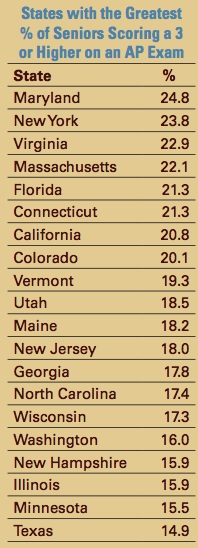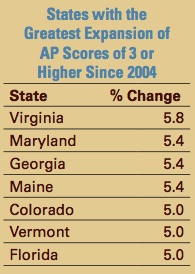Yael T. Abouhalkah:
Congratulations to Kansas City School District Superintendent John Covington.
He’s just take the courageous and correct step of saying the district needs to shutter more than two dozen schools in the ever-shrinking district.
From 74,000 students about 40 years ago to 17,000 now, the district has no reason to continue to operate so many buildings at less than 50 percent capacity.
Covington, however, also must get rid of a proportionate number of administrators at the downtown office building, which has been bloated with staff for many years.
If more than 200 teachers are going to receive pink slips in closed buildings, the downtown administrators should share in the pain.
Read The Star story, which includes other aspects of Covington’s proposal.
Related: Money And School Performance:
Lessons from the Kansas City Desegregation Experiment:
or decades critics of the public schools have been saying, “You can’t solve educational problems by throwing money at them.” The education establishment and its supporters have replied, “No one’s ever tried.” In Kansas City they did try. To improve the education of black students and encourage desegregation, a federal judge invited the Kansas City, Missouri, School District to come up with a cost-is-no-object educational plan and ordered local and state taxpayers to find the money to pay for it.
Kansas City spent as much as $11,700 per pupil–more money per pupil, on a cost of living adjusted basis, than any other of the 280 largest districts in the country. The money bought higher teachers’ salaries, 15 new schools, and such amenities as an Olympic-sized swimming pool with an underwater viewing room, television and animation studios, a robotics lab, a 25-acre wildlife sanctuary, a zoo, a model United Nations with simultaneous translation capability, and field trips to Mexico and Senegal. The student-teacher ratio was 12 or 13 to 1, the lowest of any major school district in the country.
The results were dismal. Test scores did not rise; the black-white gap did not diminish; and there was less, not greater, integration.
The Kansas City experiment suggests that, indeed, educational problems can’t be solved by throwing money at them, that the structural problems of our current educational system are far more important than a lack of material resources, and that the focus on desegregation diverted attention from the real problem, low achievement.
Former Madison School District Superintendent Art Rainwater served in Kansas City prior to his time in Madison.
This is rather astonishing, given the amount of money spent in Kansas City.

